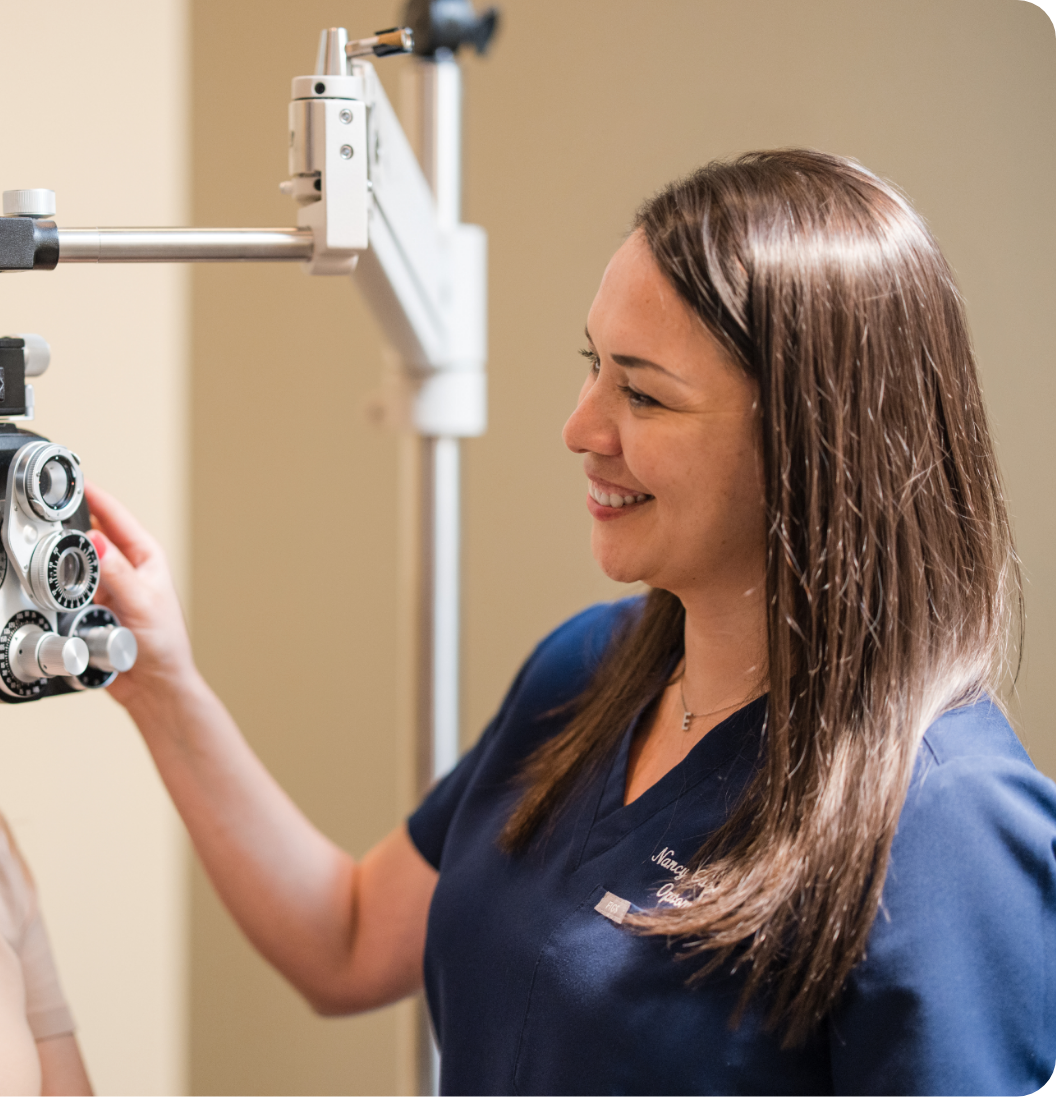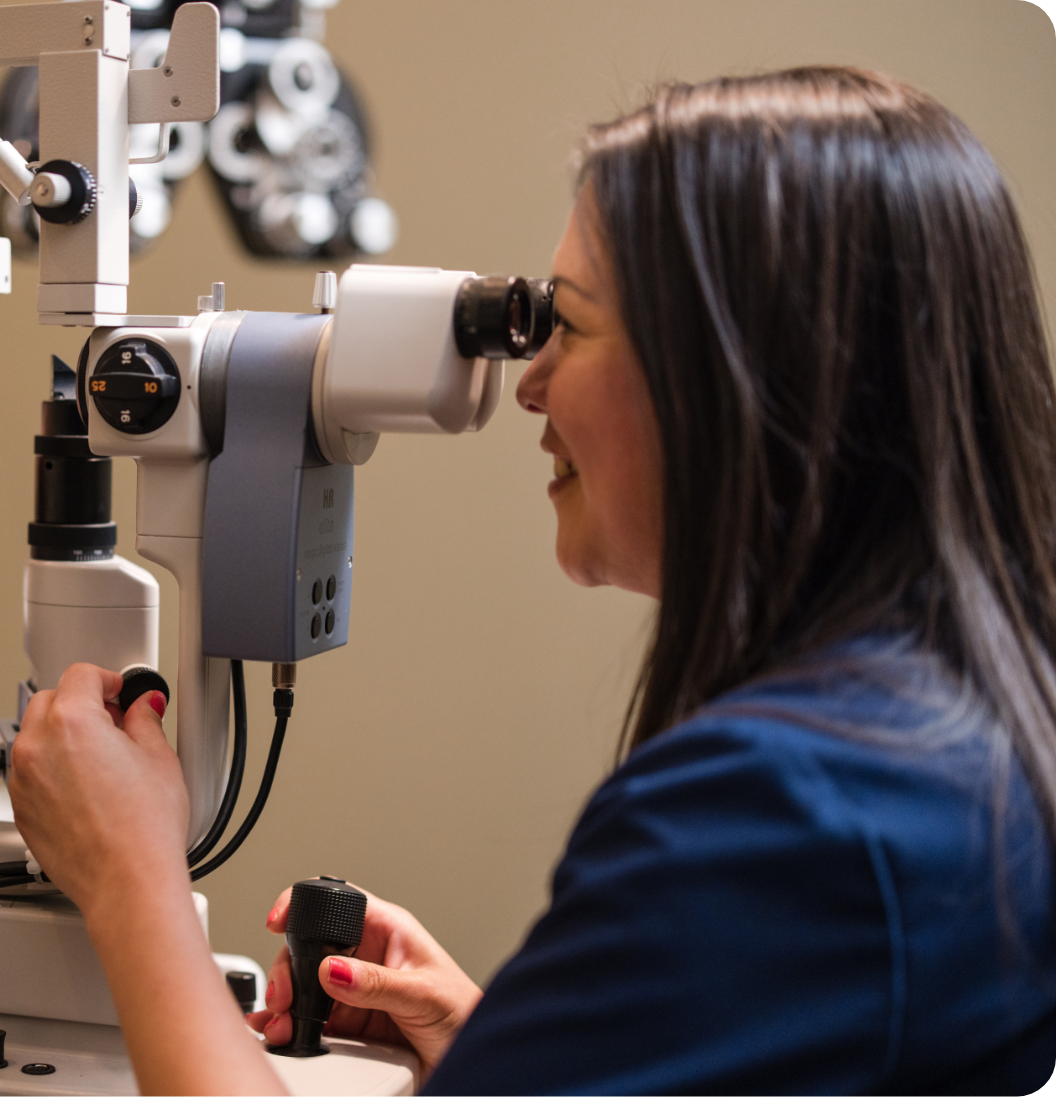
Hyperopia (farsightedness) occurs when your eye is too short in relation to the curvature of your cornea. With hyperopia, distant objects are seen more clearly than near objects.
In hyperopia, light rays entering your eye are not bent enough and never come into focus on the retina, producing a blurred image. “Farsighted” is not an accurate term. Patients with hyperopia can use their focusing muscles to pull the image forward onto the retina, allowing them to see clearly. They can only maintain clear vision by constantly engaging the focusing muscles which causes eye strain and headaches. Mildly hyperopic (farsighted) patients tend to see very well until the lens inside the eye loses its flexibility around 40 years of age. Many people cannot overcome the effects of severe hyperopia and need glasses for both distance vision and for reading.
Below are the categories of severity for hyperopia:
- Mild Hyperopia < +2.00 diopters
- Moderate Hyperopia +2.00 to +4.00 diopters
- Severe Hyperopia +4.00 to +6.00 diopters
- Extreme Hyperopia > +6.00 diopters







